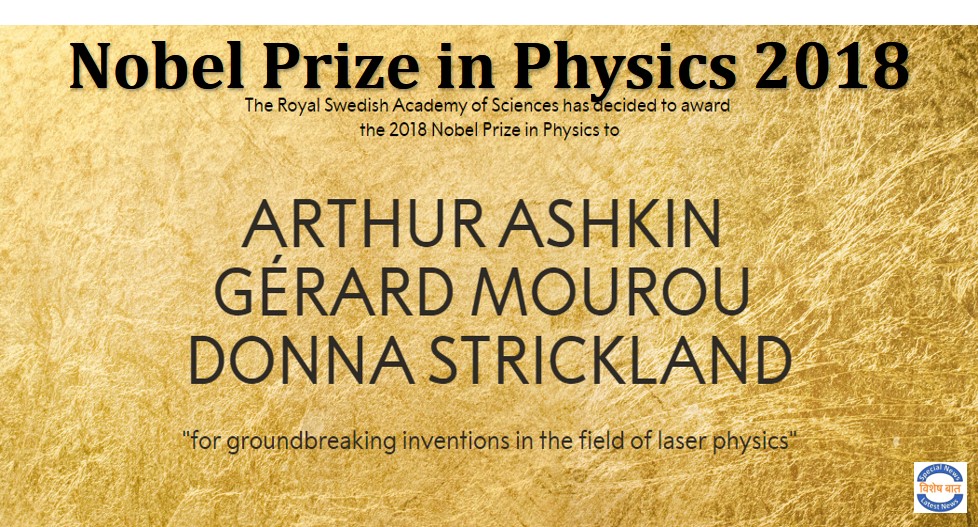Tools made of light
The inventions being honoured this year have revolutionised laser physics. Extremely small objects and incredibly rapid processes are now being seen in a new light. Advanced precision instruments are opening up unexplored areas of research and a multitude of industrial and medical applications.
Arthur Ashkin invented optical tweezers that grab particles, atoms, viruses and other living cells with their laser beam fingers. This new tool allowed Ashkin to realise an old dream of science fiction – using the radiation pressure of light to move physical objects. He succeeded in getting laser light to push small particles towards the centre of the beam and to hold them there. Optical tweezers had been invented.
A major breakthrough came in 1987, when Ashkin used the tweezers to capture living bacteria without harming them. He immediately began studying biological systems and optical tweezers are now widely used to investigate the machinery of life.
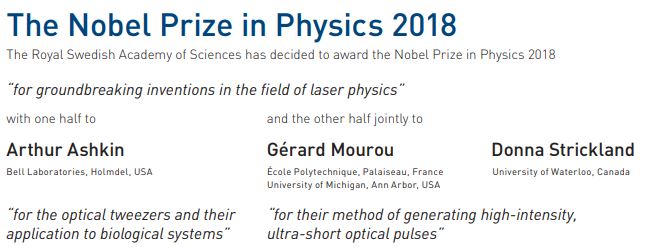
Gérard Mourou and Donna Strickland paved the way towards the shortest and most intense laser pulses ever created by mankind. Their revolutionary article was published in 1985 and was the foundation of Strickland’s doctoral thesis.
Using an ingenious approach, they succeeded in creating ultrashort high-intensity laser pulses without destroying the amplifying material. First they stretched the laser pulses in time to reduce their peak power, then amplified them, and finally compressed them. If a pulse is compressed in time and becomes shorter, then more light is packed together in the same tiny space – the intensity of the pulse increases dramatically.
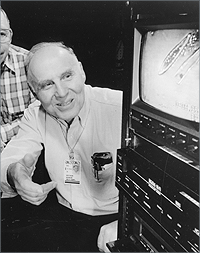
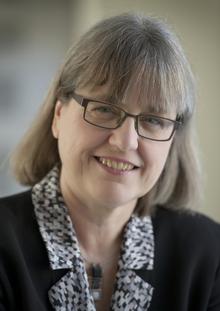
Strickland and Mourou’s newly invented technique, called chirped pulse amplification, CPA, soon became standard for subsequent high-intensity lasers. Its uses include the millions of corrective eye surgeries that are conducted every year using the sharpest of laser beams. The innumerable areas of application have not yet been completely explored. However, even now these celebrated inventions allow us to rummage around in the microworld in the best spirit of Alfred Nobel – for the greatest benefit to humankind.
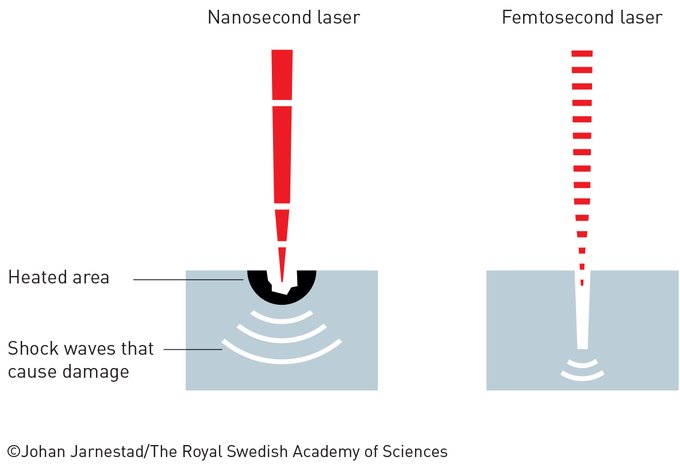
Ultra-sharp laser beams make it possible to cut or drill holes in various materials extremely precisely – even in living matter. Millions of eye operations are performed every year with the sharpest of laser beams.#NobelPrize
Nobel Prize Announcement Schedule
The prize-awarding institutions have decided to announce their 2018 prize decisions as follows:
Monday 1 October, 11:30 a.m. at the earliest – The Nobel Prize in Physiology or Medicine
Tuesday 2 October, 11:45 a.m. at the earliest – The Nobel Prize in Physics
Wednesday 3 October, 11:45 a.m. at the earliest – The Nobel Prize in Chemistry
Friday 5 October, 11:00 a.m. – The Nobel Peace Prize
Monday 8 October, 11:45 a.m. at the earliest – The Sveriges Riksbank Prize in Economic Sciences in Memory of Alfred Nobel
